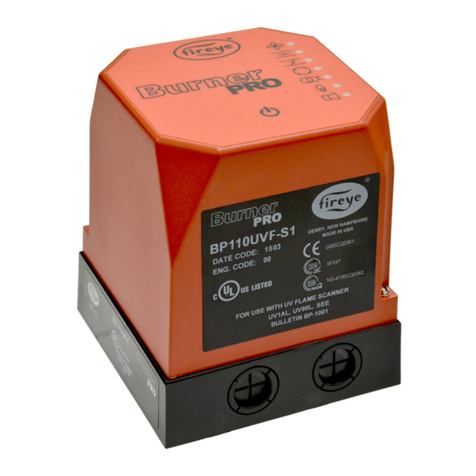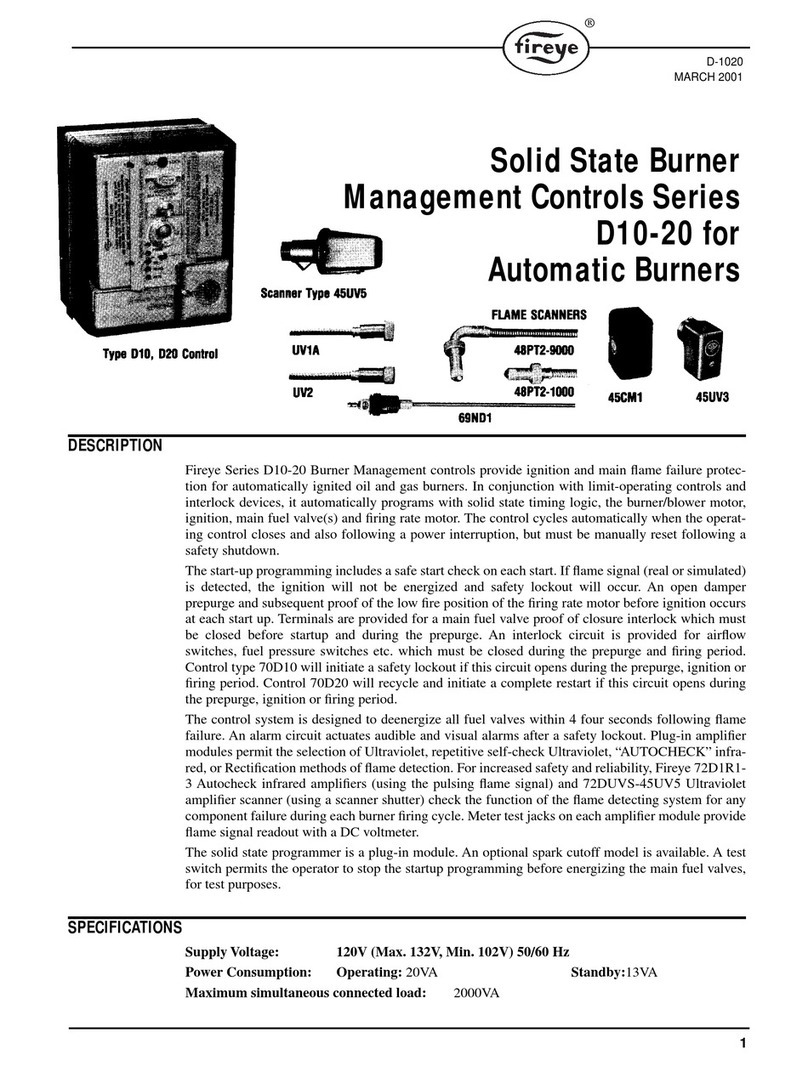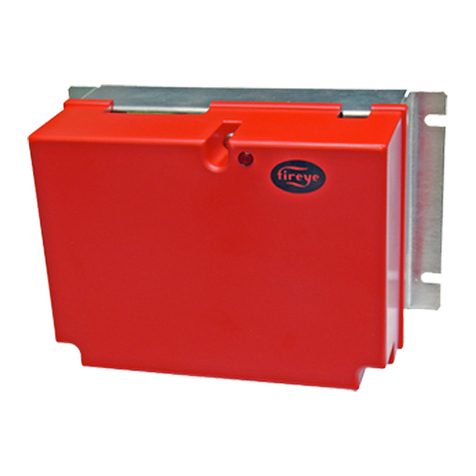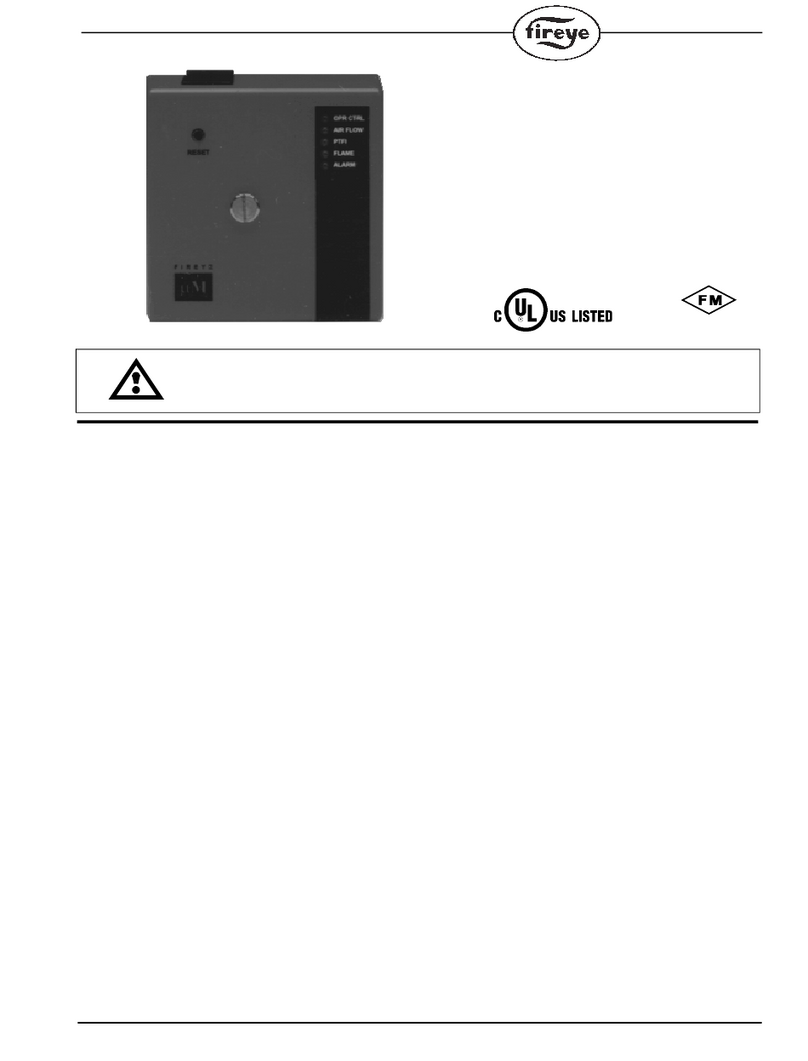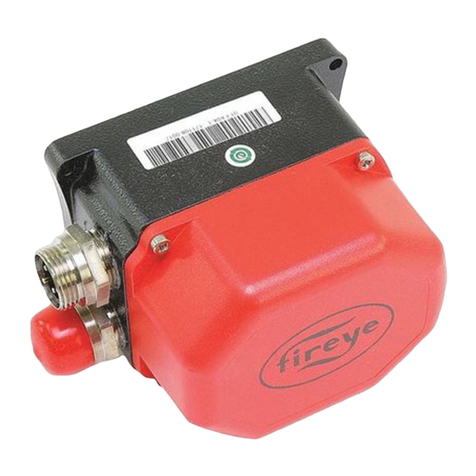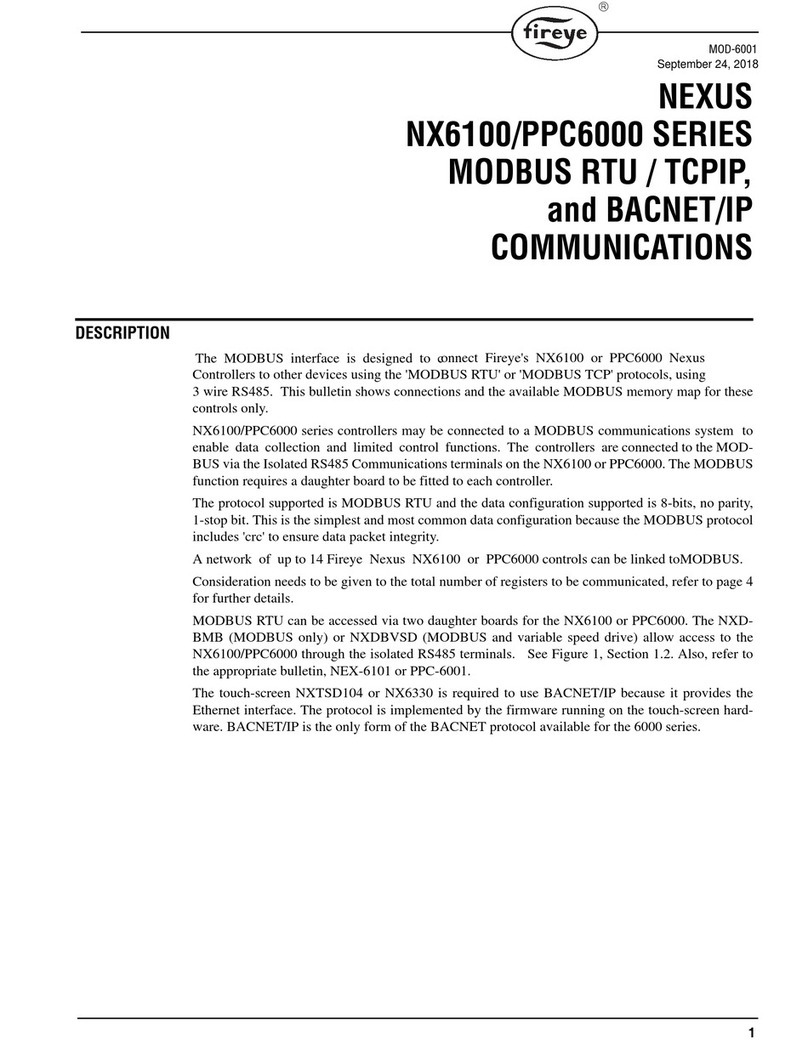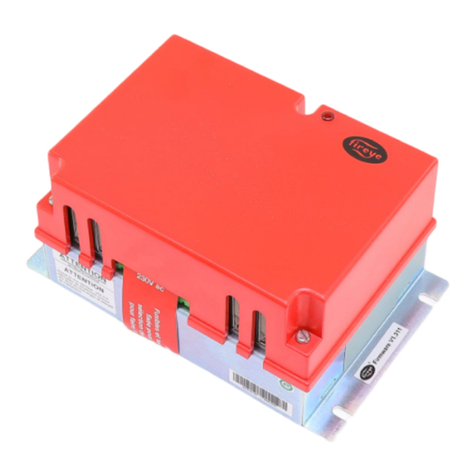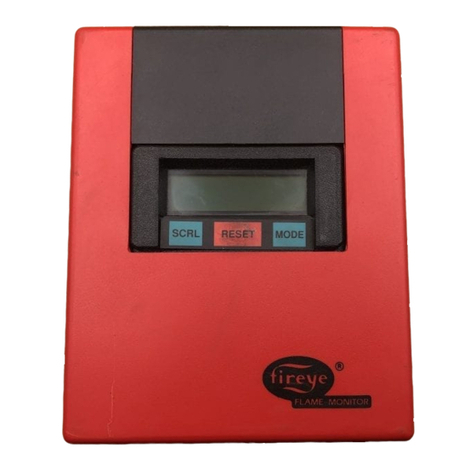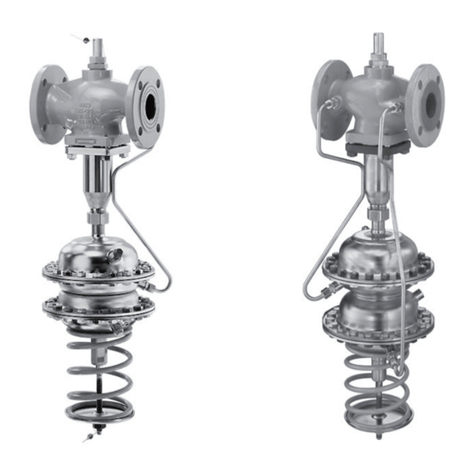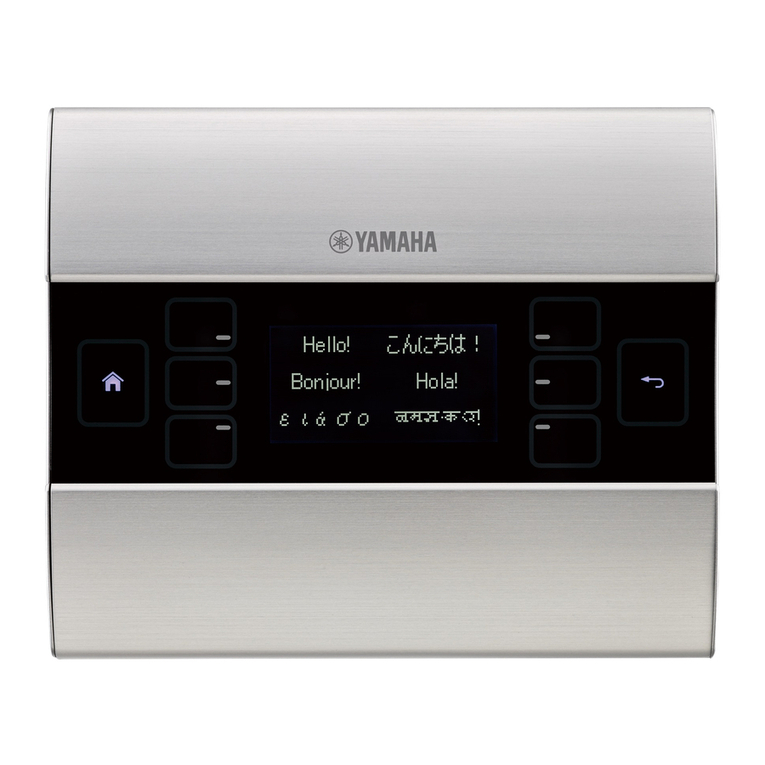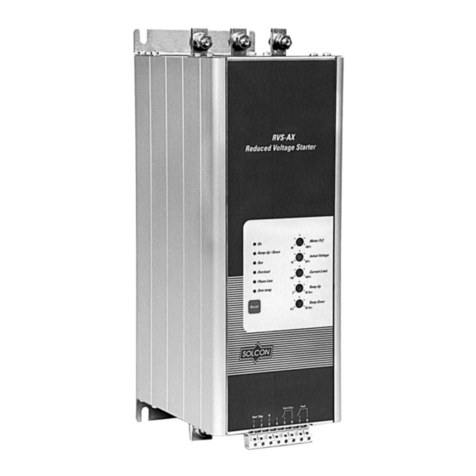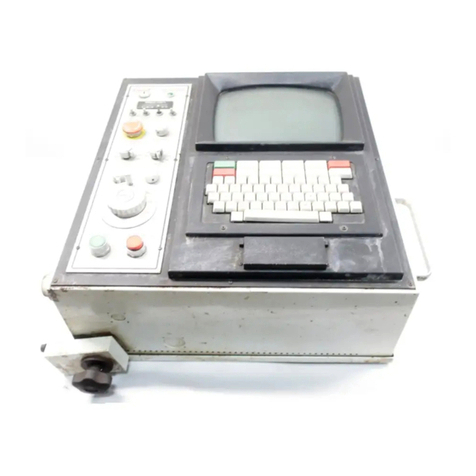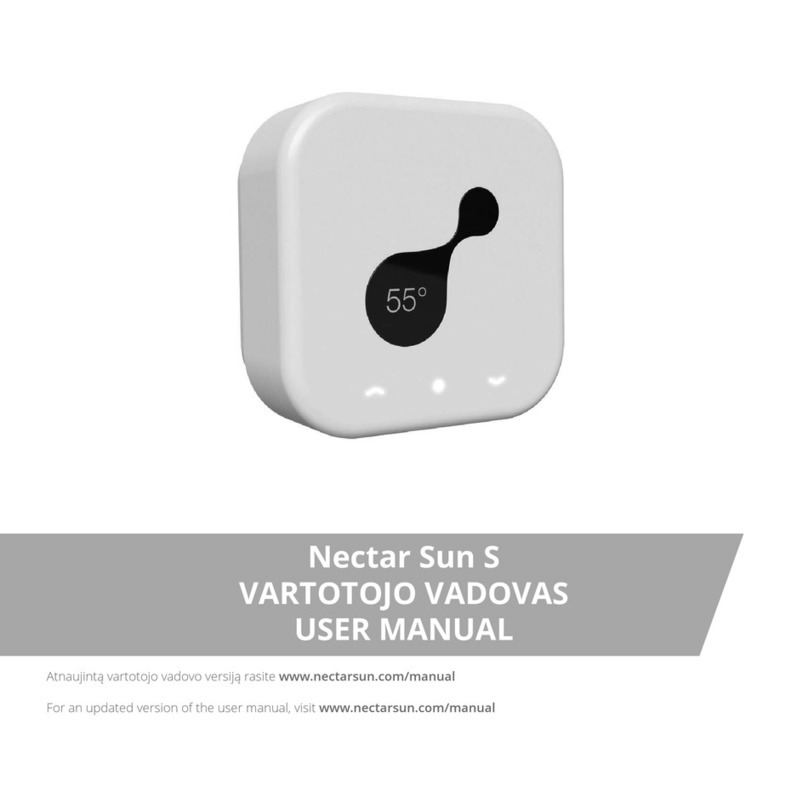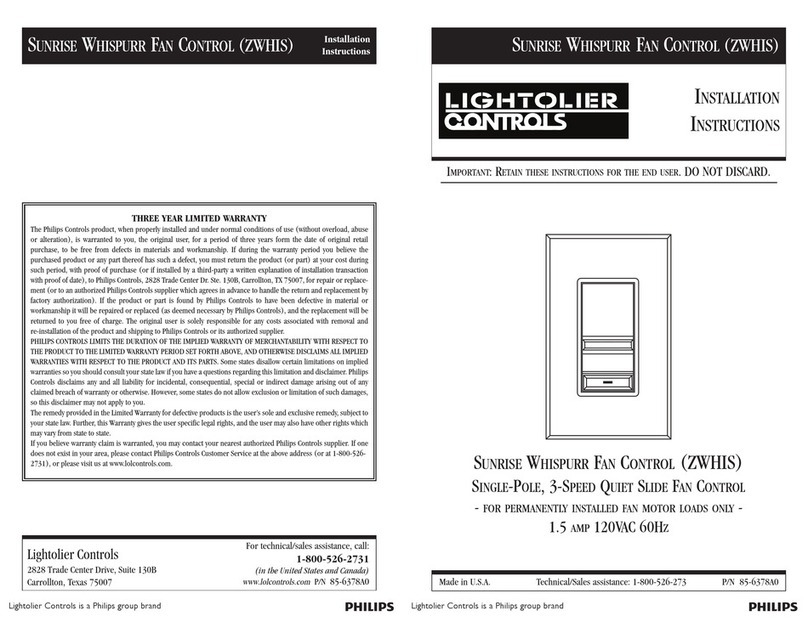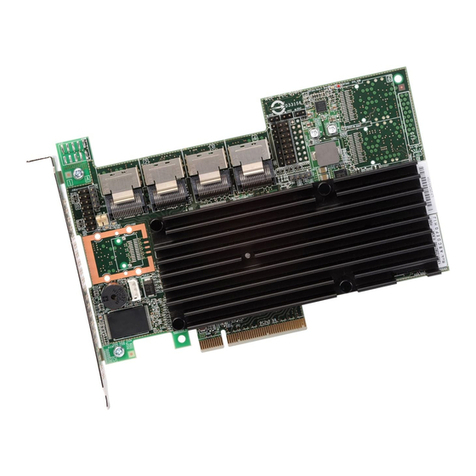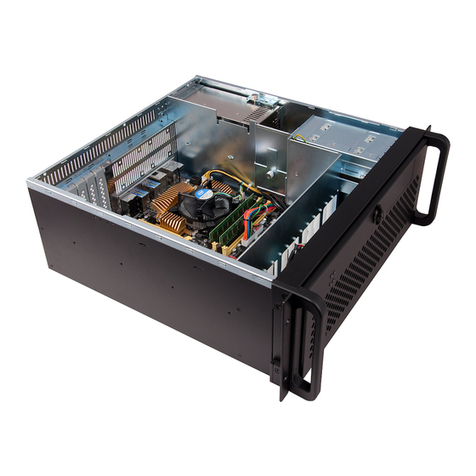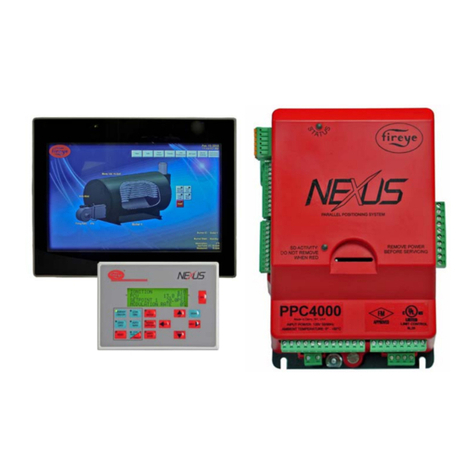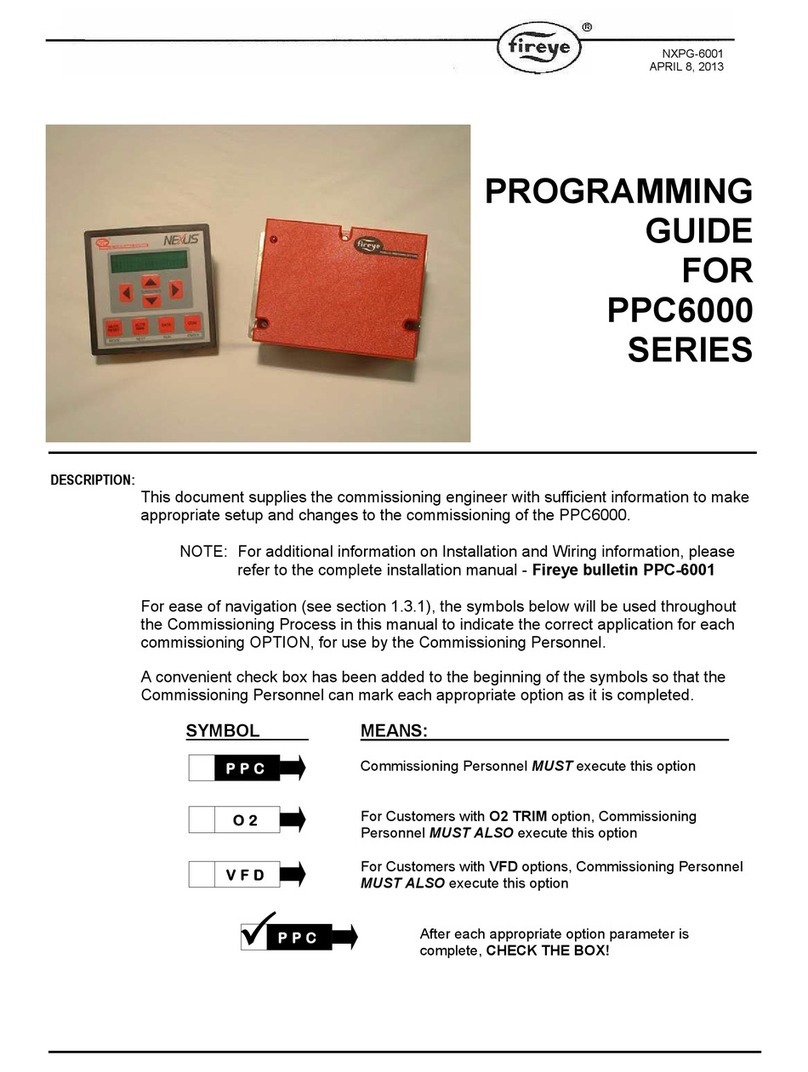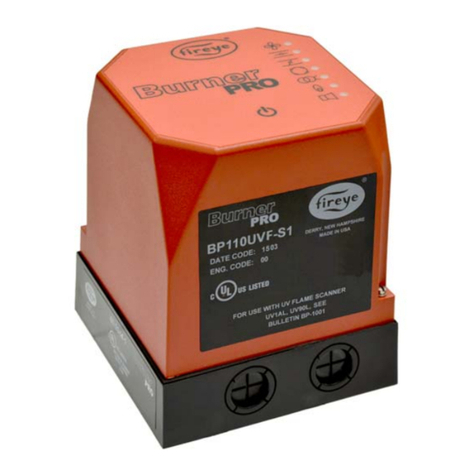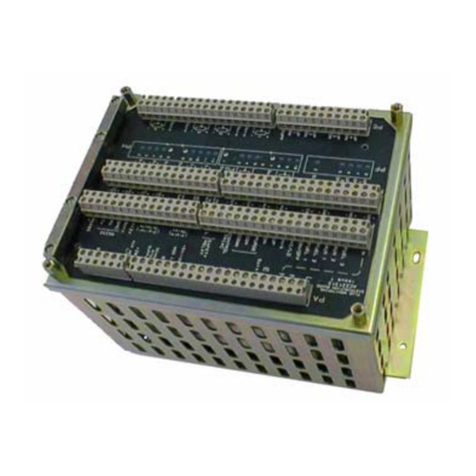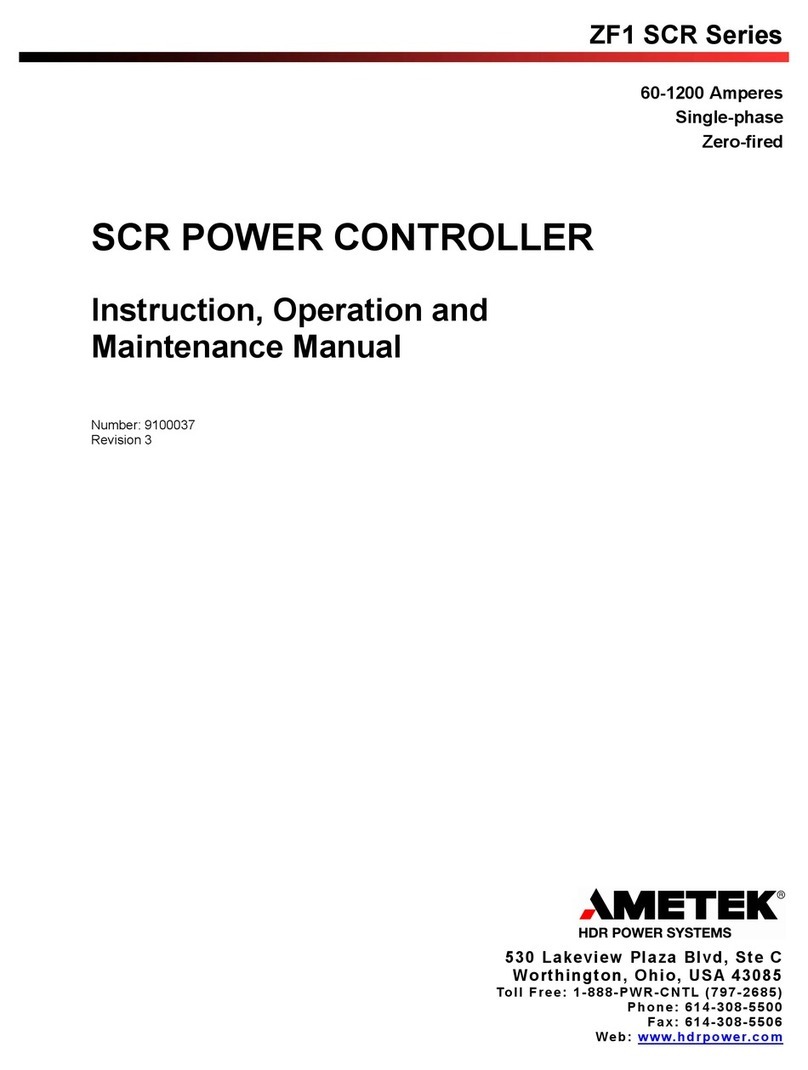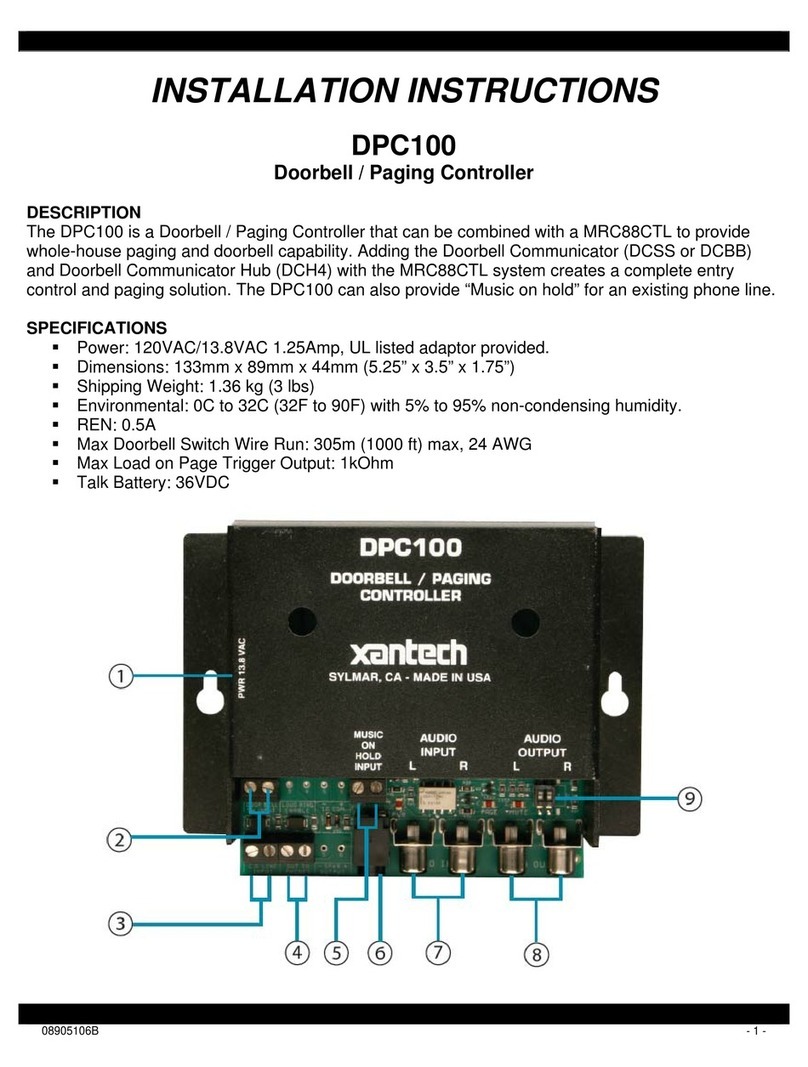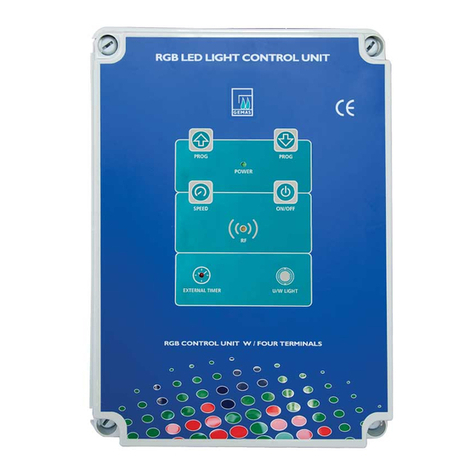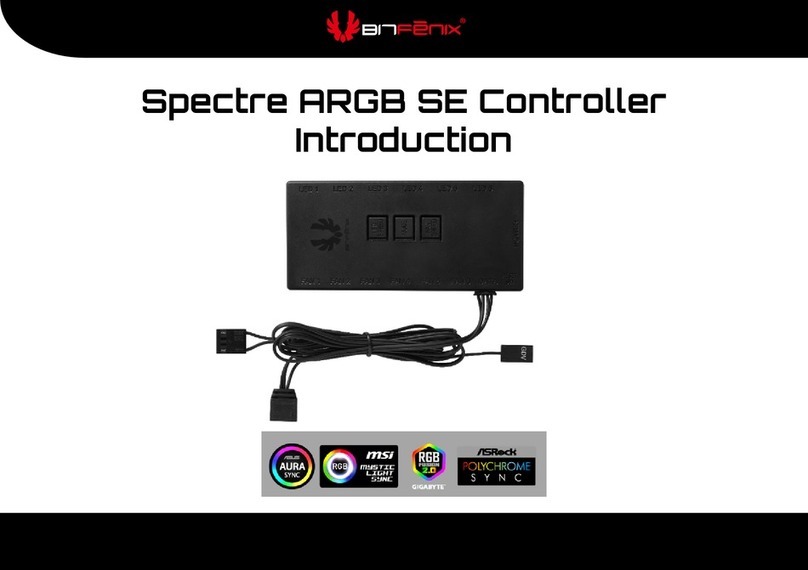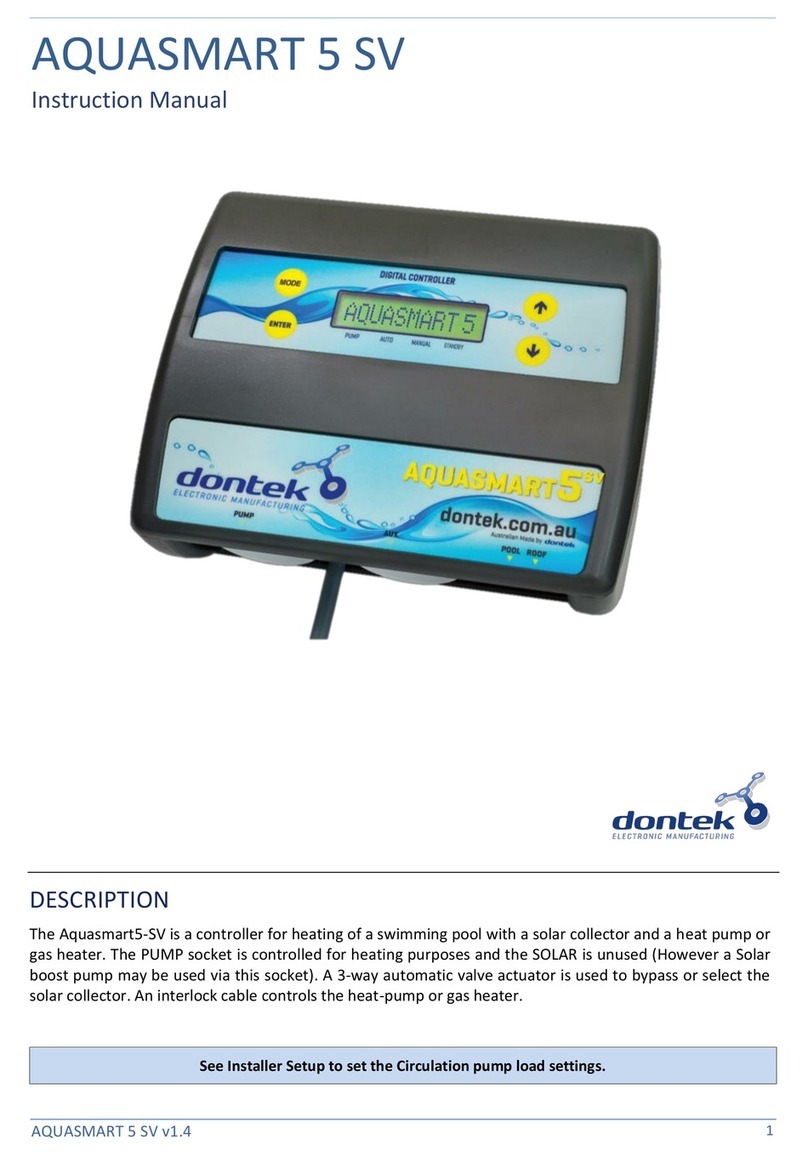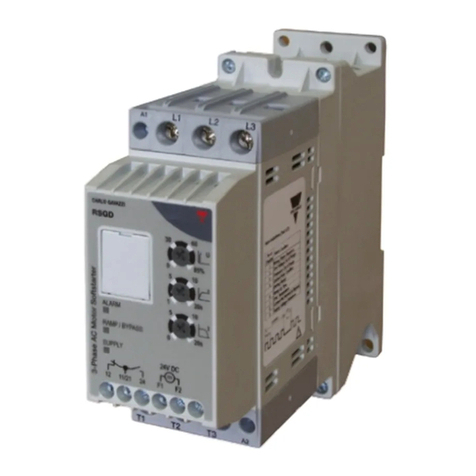
2.
TECHNICAL
SPECIFICATION
AND OPERATION PRINCIPLE
HDHEI is a High Energy Igniter, working on the principle of cyclic discharging of a capacitive system by a spark
gap, generating 3 sparks of very high energy of 24 Joules per second on igniter rod tip.
Igniter construction
To order a complete HDHEI igniter please specify the following components (see Fig. 2):
–a Spark Rod: 16 mm outer diameter, with replaceable high resistant tip “class 60 Joules”of fixed gap
between electrodes, equipped with j. box IP67 and male cable connector, reference (insertion) length
L = 0.8 to 5.0 m;
Part Number HE-ROD-24-xxx where “xxx”is the rod length L e.g. “1.3” means 1.3 m (see Fig. 2).
–the HV Cable: two wire, shielded, OD 15 mm², 4,5kV max, wire 1,5 mm², 5 m long (or 10 m), with female
cable connector on rod side; Part Numbers are: HEC-24-5 (optional 10 m long P/N HEC-24-10).
–the Power Pack: 230 or 115 VAC (selectable in power pack), rated for 3 sparks of 24 J each per second,
with a gland for ignition cable. Power pack printed board including HV transformer
230/115VAC/1150VAC, HV capacitors, spark gap, circuit components, terminals is mounted in a carbon
steel, powder coated IP66 enclosure;
Part Number HE-PP-24, includes: the door key, mounting lugs and a HV cable gland. Stainless Steel
version of Power Pack enclosure is available on request - contact Fireye.
Igniter operation
During the burner Trial for Ignition the HDHEI igniter is activated by connecting the power pack to a power
supply. Before it is connected check if the correct voltage has been selected on the Power Pack HV transformer
terminals (230VAC or 115VAC is prewired following the order spec). If not, make proper connections following
p. 4, wiring diagram Fig. 4 and Fig. 8. Once energized, the HV ignition transformer generates an 1150 VAC for
secondary circuit. This voltage is doubled to 2300V and rectified. HV capacitors are charged to the level at
which the spark gap causes energy discharge and the cycle is repeated. At the moment of discharge, current
flows via HV cable to the tip of the rod and creates a powerful spark of 24 Joules at the end of the rod tip (see
Fig. 2, 4, 6), between the central positive electrode and the grounded rod outer tube (negative electrode).
After the Trial for Ignition the SureFire II™HDHEI igniter must be disconnected from the power supply.
The circuit is equipped with discharging resistors which allows a quick discharge of capacitors, below
90 seconds, from when the igniter power supply is disconnected.
Only after this period the power pack enclosure can be opened and service works can be undertaken.
The igniter is designed for continuous use, however the type of applications for which he is intended to be
used is intermittent operation. Following applicable standards, typical Trial for Ignition operating time is
5 - 10 seconds, repeatable in short periods. Operating time in such cases should not exceed time of few minutes.
In order to protect the device from unintentional continuous operation, adequate time delay protection
must be provided in the control system.
The igniter Power Pack can be equipped with a spark proof relay confirming the igniter operation. A rail
mounted current overflow indicator for mounting outside of the power pack, can be offered on request only.
Application features
The design of the unit provides a very stable and repeatable 3 sparks per second of 24J each.
Replaceable, high strength and durable rod tip does not require regular cleaning due to the high energy of the
spark. It is provided with a concentrically arranged electrodes which ensures a constant distance between them.
The use of replaceable tip, high quality materials used and lack of parts requiring adjustment ensures long
operation with low maintenance costs.
Basic principles on the HDHEI igniter use
a) Rod should be mounted in a guide tube of diameter not less than 1”.
In case of very hot and/or dirty applications guide tube should be cooled/purged by air.
b) During ignition, igniter rod tip location should be at least 100 mm deep in the burner fuel cone (zone of the
air-fuel mixture), close to the nozzle of the burner (see Fig. 3).
c) After ignition the rod has to be retracted at least 400 mm back in such a way that rod tip should be
hidden at least 100 mm deep in guide tube (see Fig. 3).
d) Fireye offers coaxial retraction systems, refer to SF-2001 High Energy Igniter technical bulletin.

















